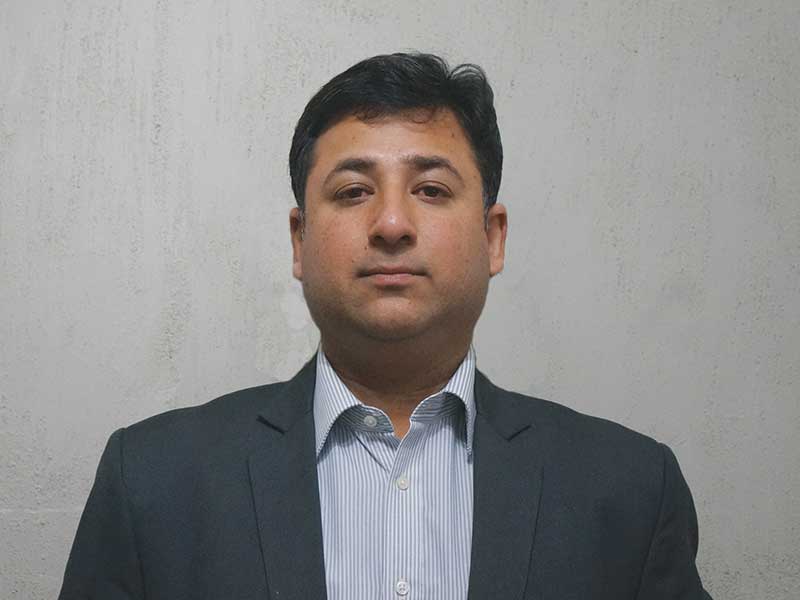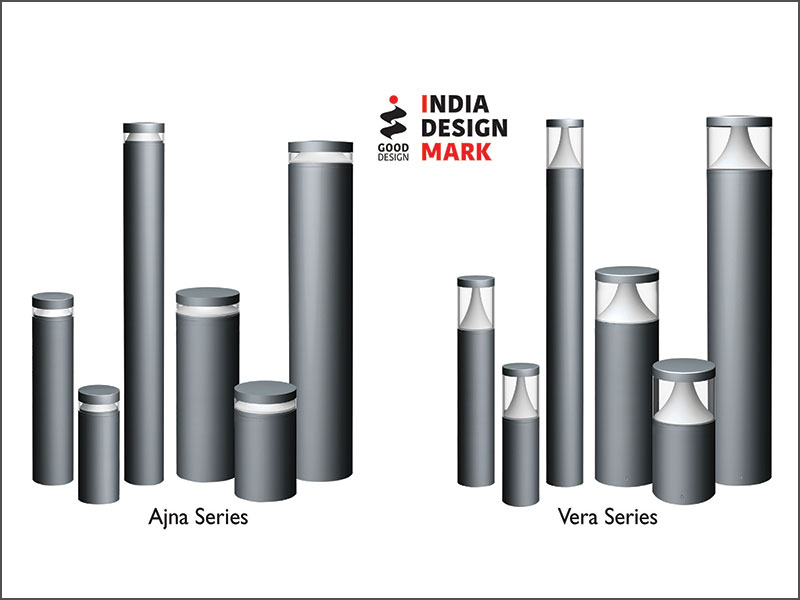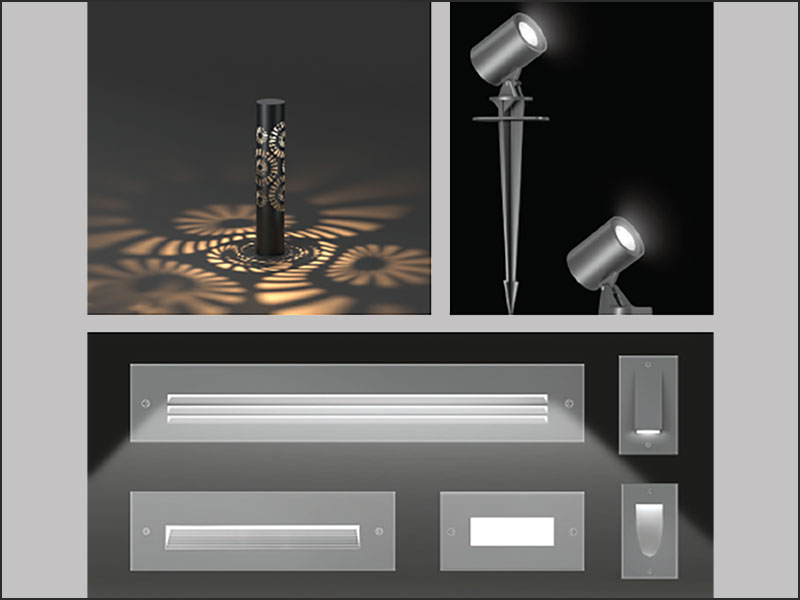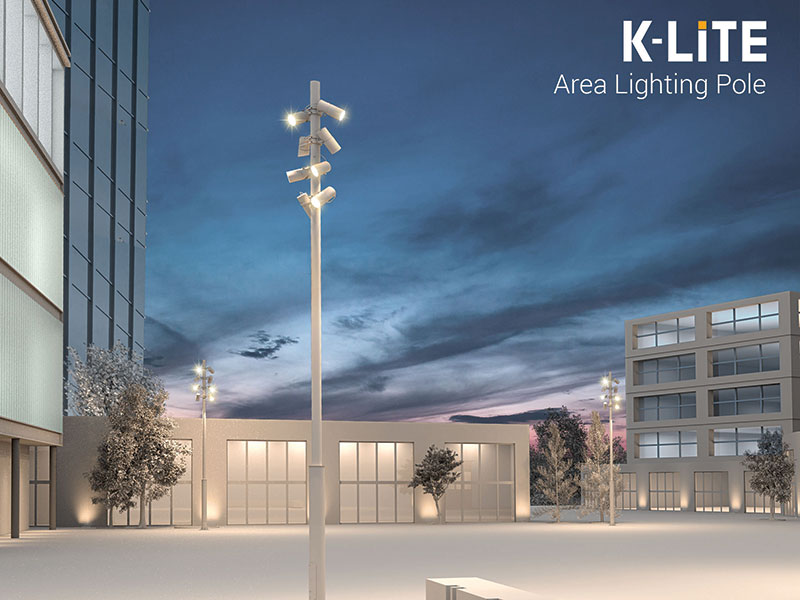Smart Parking
Smart Parking helps in monitoring parking spaces in real-time and guides users to available slots, thereby increasing space utilisation and revenue. Sensors in the parking lots monitor the occupancy and this information is conveyed to the users to view on a map, so that they can see parking spaces that are available and reserve the space in advance.
With data analytics in the parking management system, cities can be planned better and help the government to efficiently manage parking spaces. By leveraging technology like IoT, smart parking initiatives taken by the government can ultimately support the evolution of smart cities. New Delhi, Bhopal, Bhubaneshwar, Kanpur, Rajkot and Nashik have already started implementing the smart parking system.
Smart Lighting Systems & Smart Poles
Street lighting system is very critical for any city in the world. IoT enabled smart lighting systems allow lighting failures to be automatically reported back to the system. Smart Street lights can be retro fitted and require no rewiring. Lights automatically dim depending on the time of the day or lit up on detecting human presence, ensuring efficient use of energy and much lower CO2 emission. The Smart Lighting System provides various statistics and analytics in real-time that help organizations to detect equipment faults, electric leakages etc. so that they can be addressed immediately.
The smart city concept can be seen as a framework for implementing advanced and modern urbanization
Vishal Mehra, VP & Director iRam Technologies
Streetlight poles are becoming multi-utility smart poles that have a highly secure system which helps prevent thefts. They offer flexible networking option enabling third-party equipment as well as the use of different mobile networks. An automatic temperature management can be placed either on the ground or under the ground. The Smart Luminaries on the poles can use the existing Smart Lighting network or its own network for communication.
Environmental Sensors
Environmental sensors continuously monitor critical environmental parameters such as toxic gases, CO, CO2, O3, NO2, SO2, PM, temperature, electromagnetic field, UV energy, noise, rainfall, wind speed, combustion gases to detect fire, and so on. Analysis of this data helps city administrators to react immediately to any critical environmental condition. Sensors can also be configured to send alerts and notifications to registered users.
Environmental Sensors consist of electron-chemical gas sensor and weather sensor modules integrated with a smart controller. All the sensors are highly accurate and reliable, have a long life and their maintenance is very low. Each sensor samples the environment at configurable intervals and transmits the data to the controller. The controller then sends the data to the CMS in a secured way using AES256 encryption through 2G/3G/4G or Wi-Fi or Ethernet. If the controller is not able to send the data to CMS due to communication link error, it stores the data locally and transmits it after the communication link has been restored.
















